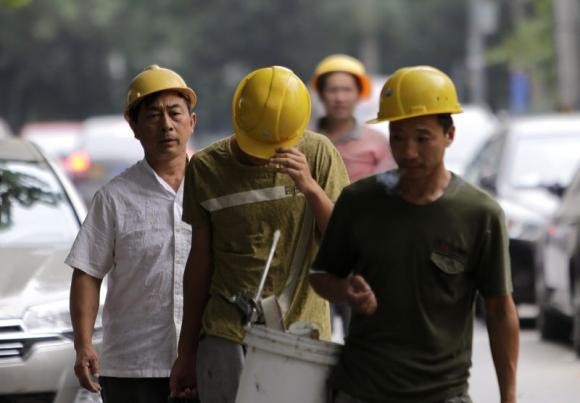China's tougher Workplace Safety Law set to impose higher fines ranging from 200,000 yuan to 20 million yuan has taken effect since Dec. 1 following the Kunshan disaster.
In August, at least 75 factory workers died and 185 others were injured due to a destructive explosion in eastern China's Kunshan, leading to Chinese legislators proposing an amendment to the 2002 Workplace Safety Law.
According to Xinhua News Agency, the revised law, which was adopted in the National People's Congress Standing Committee on Aug. 31, specifies a minimum of 200,000 yuan ($32,500) fine for people who will be convicted of violating the amended regulation.
Further, a maximum penalty of 20 million yuan awaits enterprises which will be proven to have been involved in grave workplace accidents, depending on the severity of the resulting losses.
This is much higher than that of the original Workplace Safety Law which stipulated a fine of not more than 100,000 yuan.
According to Xinhua, this is five times lower than what could be earned from performing illegal operations.
To ensure workplace safety, managers who are found to have failed in providing a secure workplace for employees will also be fined from 30 to 80 percent of their annual income to pay for corresponding losses, depending on the gravity of the injury.
Also, local governments and regulators will have greater power over the violators under the amended law, which allows them to cut the power supply to establishments that have been deemed unsafe and could possibly cause accidents.
A joint interpretation from the Supreme People's Court and the Supreme People's Procuratorate stipulating the stricter punishment for production and sale of substandard as well as counterfeit drugs and medicine has also taken effect on Monday.
Under the interpretation, harsher penalties will be given to violators, especially if the said pharmaceuticals are sold for the use of pregnant women, infants, children and patients under critical state.



























